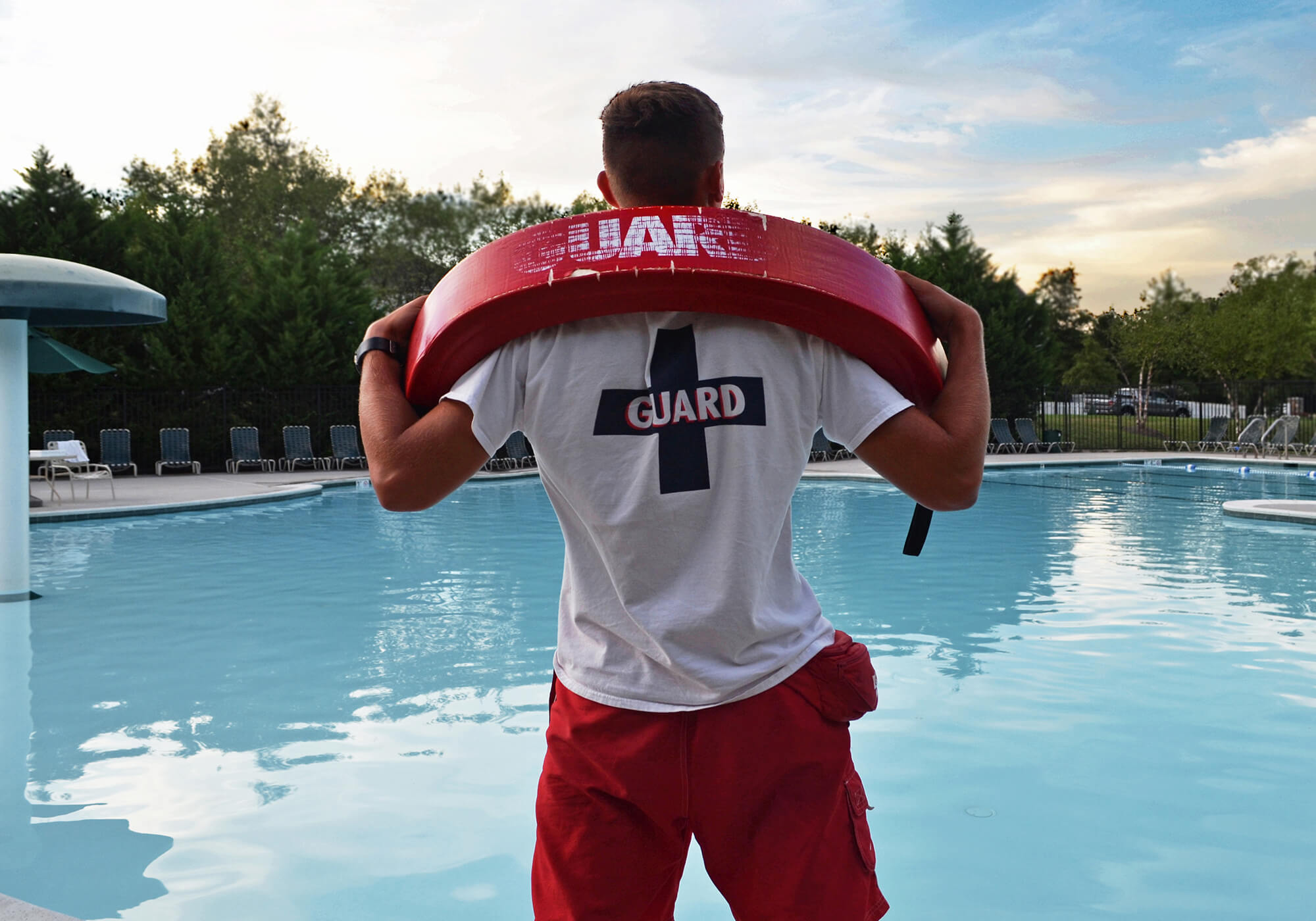The Handmaid’s Tale and Reality
By: Lillian Holmes
Note: Has sensitive topics.
Authors note at the end
There are lots of examples in the real world’s reality that relate to quite a few topics written in The Handmaid’s Tale by Margaret Atwood. Some of those examples would be the defending of planned parenthood, sexual harassment cases in the news, as well as control on women, sexism, and control on birth control. The United States of America is painted to be a haven for people all over the world with little to no repercussions. Lots of people come here to America for a better life, and while some find it, some people find even more hardships than they were expecting. Americans struggle with everyday challenges, usually, women or people who have uterus’s are struggling quite a bit as of later in the United States. From acquiring birth control to choosing whether or not they wish to carry a pregnancy, to having the right of being comfortable in their own body. It has become almost like a civil war within America with thesis topics, so much so that it is getting dangerous. Just like in the Handmaid’s Tale men and the government are taking control of women’s bodies and are taking away their rights. Women are fighting back as best as they can to prevent men from having a hand in their lives and hundreds both approve and disapprove, it is an ongoing battle. This paper will be all about the ways that topics in the Handmaid’s Tale as well as everyday topics and how they are similar and how different they are in the real world. But this paper is to make everyone wary of what aspects of The Handmaid’s Tale are reflected in the world today.
There are quite a few examples in the real world that relate to horrific topics that were mentioned in The Handmaid’s Tale. One of those is the control of women. As explained in the book, birth control was made illegal very early on in the creation of Gilead due to the declining birth rates in the former United States of America and around the world. The only way that birth control could be acquired would be as contraband in dead dogs. In Gilead, birth control along with abortions (talked about in the following paragraph) was made illegal. Before the creation of Gilead, the United States along with the rest of the world was experiencing a severe fertility crisis. Governments across the world all had different ways of dealing with this. As quoted from the book “The reasons for this decline are not altogether clear to us. Some of the failure to reproduce can undoubtedly be traced to the widespread availability of birth control of various kinds, including abortion…..” (Atwood 86) While the researchers after the fall of Gilead still have no idea what created the Fertility Crisis around the world due to there being way too many candidates for the decline in births they do have quite a few ideas that may have led to the decline, “this was the age of R-strain syphilis and also of the infamous AIDS epidemic, which, once they spread to the population at large, eliminated many young sexually active people from the reproductive pool? Stillbirths, miscarriages, and genetic deformities…….been linked to the various nuclear-plant accidents, shutdowns, and incidents of sabotage that characterized the period, as well as to leakages from chemical and biological-warfare stockpiles and toxic-waste disposal sites….”. (Atwood 86)
You may be wondering what this has to do with the United States and the world that we know today? In the early 1960s, the first-ever birth control pill was invented. According to resources, it took off as soon as it was approved by the FDA, which resulted in many young women going to college instead of staying at home to raise children that they otherwise would have waited for earlier in life. “In 1960, Enovid was the first birth control pill to be approved by the FDA in the United States. The pill became very popular and had a major impact on society and culture. It contributed to a sharp increase in college attendance and graduation rates for women.” (Wikipedia) Men in power were unhappy with this decision because they were “losing control” of women around this time as women were finally being given the freedom to do what they want with their body. As we see in The Handmaid’s Tale, men were unhappy with the fact that women were finally given the choice on what they wished to do with their life. So much so that in both The Handmaid’s Tale and the real world, men began to pull god, and religion into their arguments to try and justify their actions and beliefs on what should and should not be done with women’s bodies. “We’ve given them more than we’ve taken away…….Think of the trouble they had before. Don’t you remember the singles’ bars….. Don’t you remember the terrible gap between the ones who could get a man easily and the ones who couldn’t? Some of them were desperate, they starved themselves thin or pumped their breasts full of silicone, had their noses cut off. Think of the human misery.” Which was a quote from Offred’s Commander. (Atwood 64)
Reading was another big way that they used to control women, they realized that if women were unable to read that they would have more control over them, education was also a matter of debate in the Handmaid’s Tale. in the real world, women were only allowed to legally without discrimination allowed to go to school in 1972 “Since the enactment of Title IX in 1972, federal law has guaranteed the right to an education free from sex discrimination” (ACLU), which people rioted about for ages, in belfies that women belong in the house and not in school getting an education. Now women dominate the teaching industry and are some of the most educated people in the world. But that doesn’t stop from groups of people being upset that women have the upper hand.
Abortion has always been a big debate in society. Abortion is the termination of a pregnancy by removal or expulsion of an embryo or fetus. This can be for a personal reason or it can be for a medical reason. Doctors have been known to recommend an abortion to women around the world for many years usually for women’s health. Women also decide whether or not they wish to carry a pregnancy due to financial issues, personal issues, mental health, rape, and more. But that aroused issues, such as the Pro-Choice and Pro-Life movements. The Pro-Choice movement believes that women or people who can carry should be able to decide whether or not they want a pregnancy, for a personal reason, or any reason at all, it is up to them to decide if they wish to carry on that pregnancy. While the Pro-Life movement believes that anyone who can have children (they usually only use the word “women” in this case) must carry a pregnancy no matter the cost. They believe that the embryo or fetus should be protected at all costs and for no reason should it be aborted. In the real world such examples to prevent abortion and furthermore to control women some states of the United States have put bands on abortions, for example, Texas placed a 6-week heartbeat ban on abortions. Meaning if the fetus or embryo has a heartbeat or is 6 weeks old, it cannot be aborted. “The law has a unique private-enforcement mechanism that empowers private citizens to sue anyone who…. “aids or abets” an abortion after a fetal cardiac activity is detected, usually around six weeks of pregnancy.” (Klibanoff) the supreme court refuses to help Texans get rid of this ban and a new law on abortion. But you may be wondering what this has to do with the Handmaid’s Tale?
Banning abortion was one of the first things that were ever done in the creation of Gilead because a child and a woman who was able to have children were seen as precious because of the birth decline during this time. Abortion was such a bit threat to the men who collectively created Gilead that it was punishable by death even after it was banned. “The ban of abortion in Gilead is a retroactive “ex post facto law”, which means all who have performed abortions before the rise of Gilead are put to death or even sent to the Colonies.” (Laws of God and His Servants on Earth). They were killed by being hung from the wall which was Gilead’s way of punishing and scaring those into thinking of breaking the law. It was their way of showing power and how much they have over the women and men (that were not Commanders or anyone “important”). They were often seen with white masks over their face so the people below could not identify them, but leaving it a mystery was also their way of keeping fear in their hearts. Offered goes on to explain what it’s like to be an onset of these people “Though if you look and look, as we are doing, you can see the outlines of the features under the white cloth, like gray shadows. The heads are the heads of snowmen, with the coal eyes and the carrot noses fallen out. The heads are melting…..But on one bag there’s blood, which has seeped through the white cloth, where the mouth must have been…….The men wear white coats, like those worn by doctors or scientists…..Each has a placard hung around his neck to show why he has been executed: a drawing of a human fetus. They were doctors, then, in the time before, when such things were legal. Angel makers, they used to call them; or was that something else?” (Atwood 12) While in the real world, in America we do not have a death penalty yet, it very may well lead to that if the government doesn’t do something about it.
Sexual harassment is evident in both Handmaid’s Tale as well in the real world United States of America as well as all over the world. While in the Handmaid’s Tale as well as in the real world, it is illegal in some states there is a very foggy line between justice and injustice. Here is the real world a victim of sexual harassment can take their harassment to court, sometimes, nothing ever happens. VII of the Civil Rights Act of 1964 claims that sexual harassment is illegal and “makes it illegal for employers to allow anyone to be sexually harassed at work by anyone else, regardless of sex, gender, or sexual orientation.” (“Sexual Harassment”), but the VII of the Civil Rights Act of 1964 makes sexual harassment illegal between employees and coworkers, not outside of work. “it makes it illegal for employers to allow harassment to occur or to fail to stop it once they know it’s happening. So this civil rights law does not give you a right to sue an individual person – unless that individual person is your employer.” (“Sexual Harassment”).
In the Handmaid’s Tale, sexual harassment to Handmaid’s is taken very seriously as Handmaid’s are both respected and disrespected in the same way. It is a foggy line, while the Handmaid’s do not wish to be touched, and to have sex with their Commanders, they know they must do so to survive and be given food, water, and shelter over their head so they give into it. The younger the Handmaid the more brainwashed that they are the less they see it as such or argue with their inner thoughts unlike our narrator Offered who sits there and thinks about her past life and how she feels as if she is betraying her husband Luke from the past. But along with that if there is a Guardian that sexually harasses a Handmaid or an Aunt his penitently for such crime is death by Handmaid’s, which is also known as Particicution. Particicutions take place usually during Salvagings, they happen when men are convicted of crimes such as rape or other forms of violence against Handmaid’s, as this makes it more personal for the Handmaid’s thus they rip the men to shreds as explained in Handmaid’s Tale. (“Particicution | The Handmaid’s Tale”)
Aunt Lydia explains and informs the Handmaid’s what a certain man has been convicted of and why they will be able to perform a Particicution on him. “triumph. “He was once a Guardian. He has disgraced his uniform. He has abused his position of trust. His partner in viciousness has already been shot. The penalty for rape, as you know, is death. Deuteronomy 22:23-29. I might add that this crime involved two of you and took place at gunpoint. It was also brutal. I will not offend your ears with any details, except to say that one woman was pregnant and the baby died.” (Atwood 80) we also get to see through a Handmaid’s perspective what it is like to see such a thing take place through Offered “She pushes him down, sideways, then kicks his head viciously, one, two, three times, sharp painful jabs with the foot, well aimed. Now there are sounds, gasps, a low noise like growling, yells, and the red bodies tumble forward and I can no longer see, he’s obscured by arms, fists, feet. A high scream comes from somewhere, like a horse in terror.” (Atwood 80)
The Handmaid’s Tale is a dystopian novel written by Margaret Atwood and was originally published in 1985 and was a winner of the Governor General’s Award for English-language fiction. It talks about a sensitive topic that people go through daily. Atwood has mentioned before that whatever she has written in this book is not unlikely to happen in the future as a lot of the topics hit in the book are very well already happening (maybe not as intensely) but are extremely dangerous to Americans as we know it. As mentioned before America and Americans are painted to be very “picture perfect” but we have our issues. From sexual harassment to controlling women, to religion taking over the government, to toxic waste on our planet. This book was meant to be an interesting story for everyone to enjoy, but also for people to beware of. This paper told the ways topics in the Handmaid’s Tale as well as everyday topics and how they are similar and how different they are to the real world. But this paper is to make everyone wary of what aspects of The Handmaid’s Tale are reflected in the world today. As a society, we need to be careful. Beware.
Works Cited
Page numbers are related to this version of teh book: https://drive.google.com/file/d/1DI3HhcvFIJghPdEB6FAOdMF1dsIWI7fj/view?usp=sharing
ACLU. “Women’s Rights in Education.” American Civil Liberties Union, https://www.aclu.org/issues/womens-rights/womens-rights-education. Accessed 22 March 2022.
Atwood, Margaret. The Handmaid’s Tale. Heinemann New Windmills, 1993.
Klibanoff, Eleanor. “Remaining challenge to abortion law blocked by Texas Supreme Court.” The Texas Tribune, 11 March 2022, https://www.texastribune.org/2022/03/11/abortion-texas-supreme-court/. Accessed 22 March 2022.
“Laws of God and His Servants on Earth | The Handmaid’s Tale Wiki | Fandom.” The Handmaid’s Tale Wiki, https://the-handmaids-tale.fandom.com/wiki/Laws_in_Gilead#Abortion. Accessed 22 March 2022.
“Particicution | The Handmaid’s Tale Wiki | Fandom.” The Handmaid’s Tale Wiki, https://the-handmaids-tale.fandom.com/wiki/Particicution. Accessed 22 March 2022.
“Sexual Harassment.” Equal Rights Advocates, https://www.equalrights.org/issue/economic-workplace-equality/sexual-harassment/. Accessed 22 March 2022.
Wikipedia. “Birth control in the United States.” Wikipedia, Wikipedia, https://en.wikipedia.org/wiki/Birth_control_in_the_United_States#Current_practices. Accessed 22 March 2022.
By: Lillian HolmesNote: Has sensitive topics.Authors note at the end There are lots of examples in the real world’s reality that relate to quite a few topics written in The Handmaid’s Tale by Margaret Atwood. Some of those examples would be the defending of planned parenthood, sexual harassment cases in the news, as well as…
Lillian Holmes writes about the reality relating to the book Handmaid’s Tale





